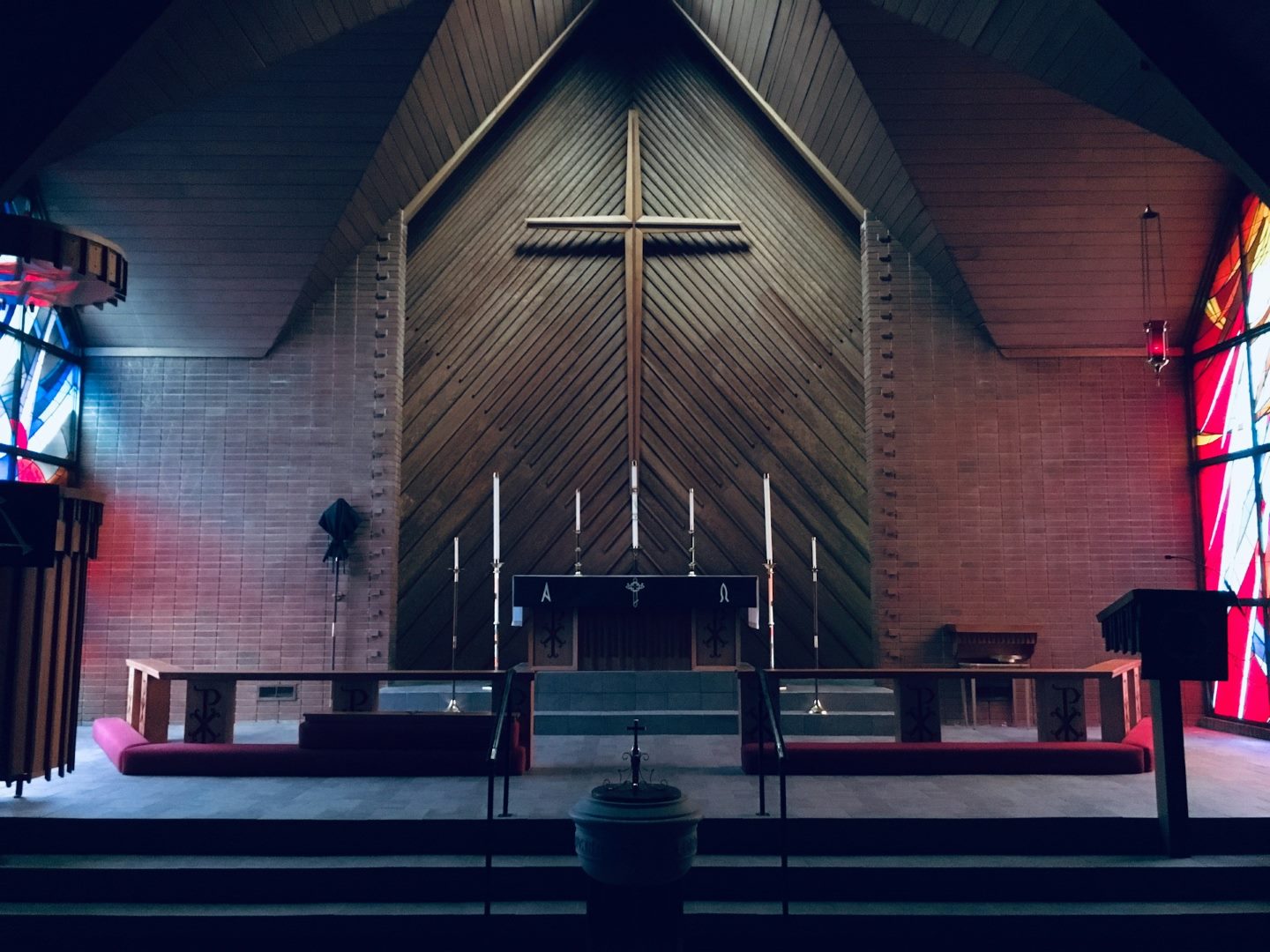Introduction
St. Peter and Paul Church, perched majestically atop Capitol Hill in the heart of Washington, D.C., stands as a captivating architectural masterpiece and a testament to the intertwined history of faith and nationhood. As one of the oldest Catholic churches in the United States, it has played a pivotal role in shaping the religious and civic landscape of the nation’s capital.
History and Architecture
Humble Beginnings
St. Peter and Paul’s origins can be traced back to 1794, when a small group of Catholic immigrants established a congregation in Georgetown. In 1804, the construction of a modest brick church commenced, marking the church’s official founding.
Expansion and Reconstruction
As the congregation grew, so did the need for a larger church. In 1842, the current neoclassical structure was designed by renowned architect James Hoban, who also designed the White House. The church was completed in 1847, featuring a Greek Revival facade and a distinctive octagonal bell tower.
Civil War and Beyond
During the Civil War, St. Peter and Paul served as a refuge for wounded soldiers and a gathering place for Confederate sympathizers. After the war, the church underwent significant renovations and expansions, including the addition of the transepts, sanctuary, and apse.
Architectural Features
Neoclassical Facade
The church’s facade exhibits the characteristic features of Greek Revival architecture, with its symmetrical composition, pedimented portico, and grand Ionic columns.
Octagonal Bell Tower
The towering octagonal bell tower is a unique and striking feature of the church. It rises to a height of 152 feet and houses three bells.
Interior Splendor
Inside, the church boasts a spacious and awe-inspiring sanctuary. The vaulted ceilings are adorned with intricate frescoes, while the walls are lined with exquisite stained-glass windows depicting biblical scenes.
Spiritual Significance
Catholicism in Washington, D.C.
St. Peter and Paul Church has played a central role in the development of Catholicism in Washington, D.C. It was the first Catholic parish established in the city and has served as the seat of the Archdiocese of Washington since 1851.
Pastoral Care and Service
Throughout its history, the church has been a beacon of spiritual guidance and support for the Catholic community. It offers a wide range of pastoral services, including Masses, sacraments, and counseling.
Social Justice and Advocacy
St. Peter and Paul Church has a long-standing commitment to social justice and advocacy. The church has actively participated in the fight for civil rights, immigrant rights, and the eradication of poverty.
Notable Figures
Archbishop John Carroll
The first Archbishop of Baltimore, John Carroll, was closely associated with St. Peter and Paul Church. He celebrated Mass in the original church building and was instrumental in the establishment of the Catholic Church in the United States.
Francis Scott Key
The author of “The Star-Spangled Banner,” Francis Scott Key, was a member of St. Peter and Paul Church. He is buried in the church cemetery.
Pope John Paul II
In 1979, Pope John Paul II visited St. Peter and Paul Church and celebrated Mass on the steps of the church. His visit was a historic moment for the Catholic community in Washington, D.C., and for the church itself.
Today and Beyond
St. Peter and Paul Church continues to thrive as a vibrant and welcoming Catholic community. It is listed on the National Register of Historic Places and remains a popular tourist attraction for its architectural beauty and historical significance. As the nation’s capital continues to evolve, St. Peter and Paul Church will undoubtedly remain a cornerstone of faith and community for generations to come.
Tips for Visitors
*
Attend a Mass:
St. Peter and Paul Church offers several Masses throughout the week. Visitors are welcome to attend and experience the vibrant liturgical life of the parish.
*
Explore the Church:
Take your time to admire the church’s beautiful architecture and intricate artwork. Guided tours are available upon request.
*
Visit the Gift Shop:
The church gift shop offers a range of religious items, books, and souvenirs.
*
Explore the Neighborhood:
St. Peter and Paul Church is located in the historic Capitol Hill neighborhood. Take some time to explore the neighborhood’s charming streets and historic buildings.
Conclusion
St. Peter and Paul Church stands as a testament to the enduring power of faith, community, and architectural legacy. Its majestic presence on Capitol Hill serves as a reminder of the intertwined history of the United States and the Catholic Church. Whether you are a visitor seeking inspiration or a lifelong parishioner, St. Peter and Paul Church welcomes you to experience its spiritual and historical significance in the heart of the nation’s capital.



